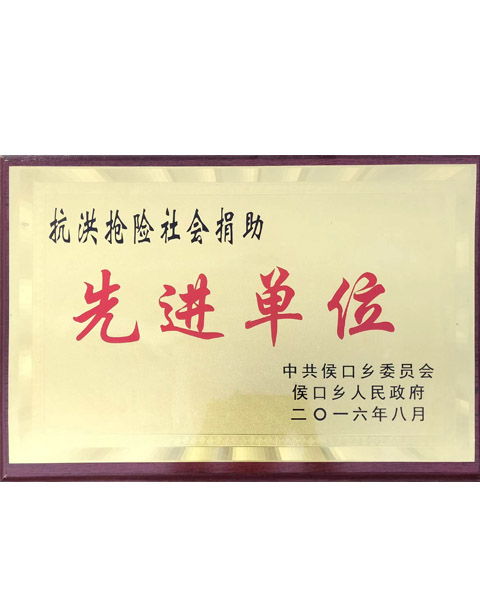Guidelines for Fixing Leaks in Power Steering Pressure Hoses for Optimal Vehicle Performance
Power Steering Pressure Hose Repair A Comprehensive Guide
Power steering systems are integral to the smooth operation of modern vehicles, allowing drivers to steer with minimal effort. Central to this system is the power steering pressure hose, which transports hydraulic fluid from the power steering pump to the steering gear. Over time, this hose can develop leaks or experience wear and tear, necessitating timely repairs to maintain the vehicle's performance and safety. This article provides a detailed look at the power steering pressure hose repair process, ensuring that you can address any issues effectively.
Identifying the Problem
Before diving into repairs, it's crucial to identify whether the power steering pressure hose is indeed the culprit behind any steering issues. Common signs of a failing pressure hose include
1. Fluid Leaks Look for puddles of reddish or brownish fluid under the vehicle, particularly near the front. 2. Steering Difficulty If you notice increased resistance when turning the steering wheel, it may indicate low fluid levels caused by a leak. 3. Noise Whining or groaning sounds when turning are also indicators of power steering problems.
If you observe these signs, it's time to inspect the power steering pressure hose.
Tools and Materials Needed
Once you've confirmed that the pressure hose needs repair or replacement, gather the necessary tools and materials
- Replacement Hose Ensure you get the correct hose for your vehicle model. - Wrenches A set of wrenches will be needed to disconnect the hose. - Hose Clamps These may need to be replaced along with the hose. - Power Steering Fluid Have some on hand to refill the system once repairs are completed. - Draining Pan To catch any fluid that may leak out during the process. - Safety Gear Gloves and goggles to protect yourself.
The Repair Process
power steering pressure hose repair

1. Preparation Start by parking the vehicle on a level surface and turning off the engine. Allow the system to cool if it has been running.
2. Locate the Hose The power steering pressure hose is typically located near the pump and steering gear. Consult your vehicle’s manual for specific locations.
3. Drain the System Place a draining pan under the hoses. Disconnect the reservoir cap and use a turkey baster or siphon to remove excess fluid to prevent spillage.
4. Disconnect the Old Hose Using wrenches, carefully disconnect the old pressure hose from both the power steering pump and the steering gear. Be cautious, as residual fluid may still be in the system.
5. Install the New Hose Position the new hose in place, and securely tighten it to the pump and steering gear using the appropriate wrench size. Ensure that it is routed correctly, avoiding sharp edges or contact with hot surfaces.
6. Refill the System Pour new power steering fluid into the reservoir. Check for any specific fluid requirements in your vehicle’s manual to avoid potential damage.
7. Check for Leaks Start the engine and turn the steering wheel a few times from lock to lock. This action helps purge air from the system. Inspect the connections for any signs of leaks.
8. Final Measures Once you’re sure there are no leaks, replace the reservoir cap, and test-drive the vehicle. Pay attention to the steering feel and listen for any unusual noises.
Conclusion
Repairing or replacing a power steering pressure hose is an essential maintenance task that can contribute significantly to your vehicle's overall performance and safety. Regularly checking for leaks and wear can help you catch issues early, saving time and money in the long run. If you feel unsure at any step of the process, don’t hesitate to consult a professional mechanic. After all, ensuring a smooth steering experience is crucial for safe driving.
-
Ultimate Spiral Protection for Hoses & CablesNewsJun.26,2025
-
The Ultimate Quick-Connect Solutions for Every NeedNewsJun.26,2025
-
SAE J1401 Brake Hose: Reliable Choice for Safe BrakingNewsJun.26,2025
-
Reliable J2064 A/C Hoses for Real-World Cooling NeedsNewsJun.26,2025
-
Heavy-Duty Sewer Jetting Hoses Built to LastNewsJun.26,2025
-
Fix Power Steering Tube Leaks Fast – Durable & Affordable SolutionNewsJun.26,2025

